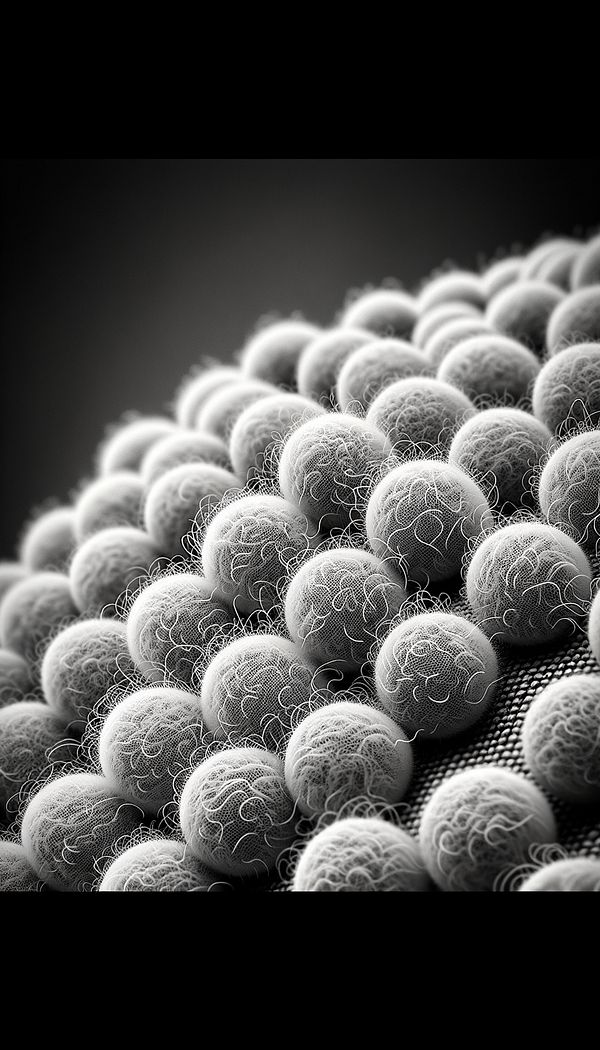What is Pilling?
Pilling is the formation of small, fuzzy balls on the surface of a fabric due to wear or friction.
Description
Pilling is a term you might come across when dealing with fabrics in the context of interior design. It refers to the creation of small, fuzzy balls of fiber that form on the surface of a fabric after it has been subjected to wear or friction. This phenomenon is primarily a result of the fibers in the fabric breaking and tangling together, often seen in areas of frequent contact, such as on upholstery, cushions, or drapery.
While pilling is generally considered a sign of wear and can detract from the aesthetic appeal of a fabric, it's a normal process that occurs with many textiles over time. Different types of fabrics have different tendencies to pill, with natural fibers like cotton, wool, and linen typically showing less pilling than synthetic fibers. Adequate care and maintenance can help minimize pilling and extend the life of your textiles.
Selecting fabrics for interior design projects involves balancing considerations like durability, aesthetics, and the likelihood of pilling. Knowing how different materials respond to use and understanding how to care for them can help in making the best choice for your needs.
Usage
When selecting fabrics for a sofa, an interior designer might opt for a material with a lower tendency to pill in order to ensure that the piece maintains its looks over time. In a high-traffic area like a living room, choosing a durable, low-pilling fabric can make a significant difference in how the space ages.
FAQs
-
Is pilling preventable?
While it's difficult to completely prevent pilling, selecting high-quality, low-pilling fabrics and following proper care and maintenance routines can significantly reduce its occurrence.
-
Does pilling affect all types of fabrics?
Pilling can affect most types of fabrics, but the extent to which it occurs varies with the fiber content, construction, and finish of the fabric. Natural fibers tend to pill less than synthetic ones.
-
Can pilling be removed?
Yes, pilling can be removed using a variety of methods, including fabric shavers, pumice stones, or simply by carefully cutting off the pills with scissors. Regular maintenance can help keep fabrics looking fresh.
Practical Application
To minimize pilling on your interior textiles, consider selecting high-quality fabrics known for their durability and low-pilling characteristics. Regular vacuuming of upholstered furniture, gentle washing, and avoiding excessive friction can also help maintain the appearance of your fabrics. If pilling occurs, removing it carefully can help restore the look of the fabric.
-
Queen AnneAn architectural and furniture design style that originated in the late 17th and early 18th centuries, characterized by its elegant and ornate features.
-
Antique SatinAntique satin is a type of woven fabric known for its glossy surface and dull back.
-
Reclaimed WoodReclaimed wood is recycled wood that has been repurposed for new uses.
-
LimewashLimewash is a type of paint made from limestone.
-
Lincoln RockerA Lincoln Rocker is a specific style of rocking chair.
